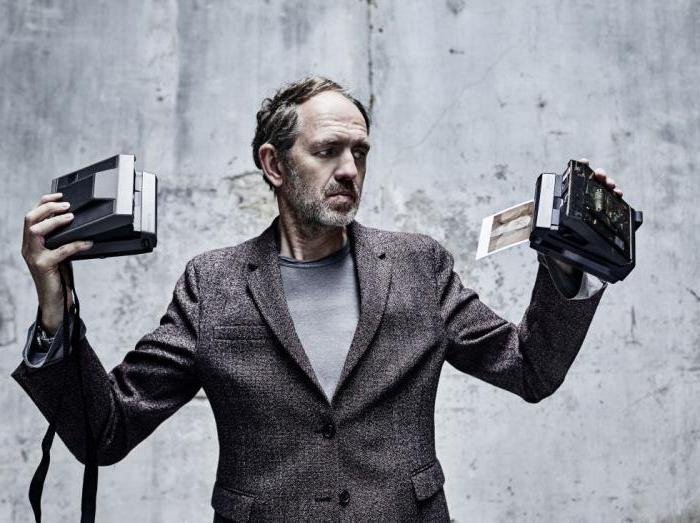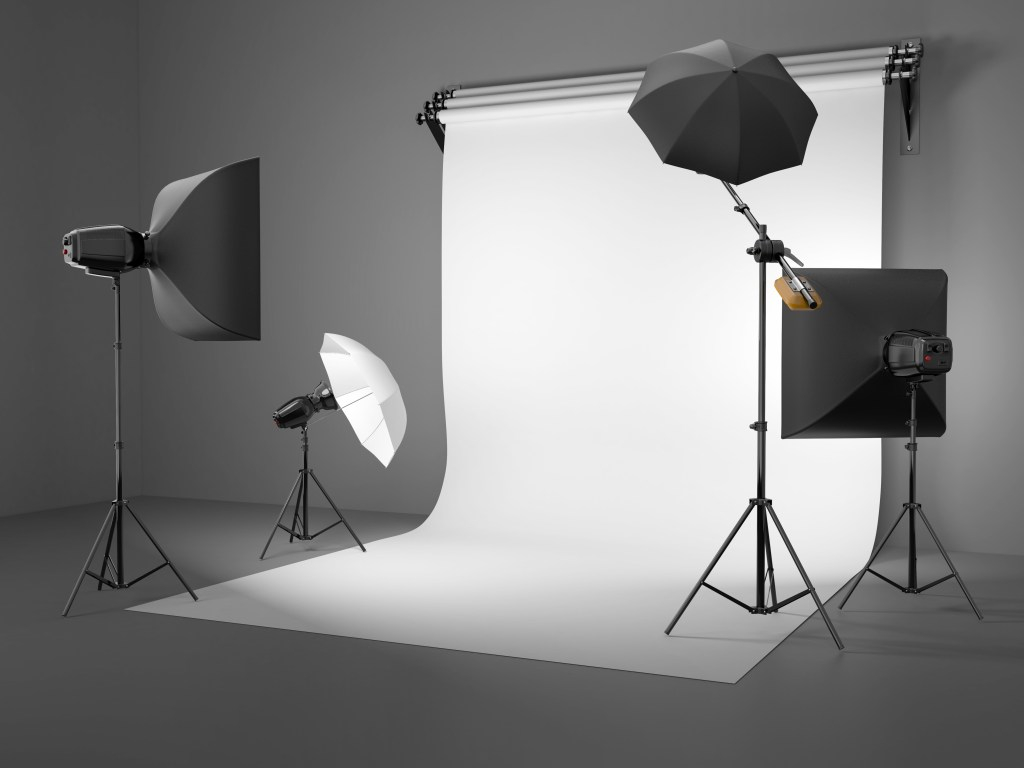photography
Photographic space
 The reproduction of space by the artist is analytical. Creating a certain disposition of objects and figures on the plane, he sequentially builds depth, going from one spatial plan to another. The orientation of our eyes in space is based on a clearly fixed consciousness of verticals and horizontals – no tilting of the observer’s head creates a visual sensation similar to the effects of shooting with a camera tilted up or down. In the same way, the gaze directed into the distance tends to “straighten” somewhat, rationalize space. He involuntarily gives objects indefinitely turned to him more distinct positions, leading to the frontal plane of their face or profile. Continue reading
The reproduction of space by the artist is analytical. Creating a certain disposition of objects and figures on the plane, he sequentially builds depth, going from one spatial plan to another. The orientation of our eyes in space is based on a clearly fixed consciousness of verticals and horizontals – no tilting of the observer’s head creates a visual sensation similar to the effects of shooting with a camera tilted up or down. In the same way, the gaze directed into the distance tends to “straighten” somewhat, rationalize space. He involuntarily gives objects indefinitely turned to him more distinct positions, leading to the frontal plane of their face or profile. Continue reading
Features of composition and documentary
 Despite the expansion of the scope of application of photography to various fields of artistic culture, applied arts and information itself, it now no less needs a set of rules for aesthetized construction of photographs. The composition of photography as an initial course is studied by both photographers and future film and television cameramen. Students and amateur photographers drew a lot of valuable necessary at this stage of preparation from the widespread manuals on composition and other creative principles of photography. Continue reading
Despite the expansion of the scope of application of photography to various fields of artistic culture, applied arts and information itself, it now no less needs a set of rules for aesthetized construction of photographs. The composition of photography as an initial course is studied by both photographers and future film and television cameramen. Students and amateur photographers drew a lot of valuable necessary at this stage of preparation from the widespread manuals on composition and other creative principles of photography. Continue reading
Crop and fragment the image
 Image cropping is a purely photographic principle, determined by the specific features of the photocomposition, and methods of constructing a photographic space. The device’s lens more or less mechanically “cuts out” a certain sector from the unlimited space of nature. No matter how consciously and deliberately the borders of the frame and the location of the graphic elements in its field are chosen, this does not cancel the principle of fragmentation of nature. On the contrary, it is the photographer’s creative attention to the structure and boundaries of the frame that prompts him to isolate a fragment by the composition method. Continue reading
Image cropping is a purely photographic principle, determined by the specific features of the photocomposition, and methods of constructing a photographic space. The device’s lens more or less mechanically “cuts out” a certain sector from the unlimited space of nature. No matter how consciously and deliberately the borders of the frame and the location of the graphic elements in its field are chosen, this does not cancel the principle of fragmentation of nature. On the contrary, it is the photographer’s creative attention to the structure and boundaries of the frame that prompts him to isolate a fragment by the composition method. Continue reading




